This is the third of six articles devoted to an exhibition at the Museum Tinguely in Basel, Switzerland of works by Vladimir Tatlin (1885-1953), one of the most important artists of the Russian and Soviet avant-garde. Part 1 was posted June 19 and Part 2 June 20.
The Museum Tinguely in Basel has put together a highly informative catalogue [1] to accompany its exhibition of the work of Russian-Soviet artist Vladimir Tatlin. The catalogue, available in German and English and with abstracts in Russian, has been compiled with considerable care. The volume is rich in illustrations, discusses the various works and features essays by Tatlin experts.
As part of its overview of the exhibition, the catalogue includes an essay by World Socialist Web Site arts editor David Walsh, “Vladimir Tatlin, the left artists and the October Revolution”. The essay discusses the historical and intellectual context in which Tatlin worked: in particular the Russian Revolution of 1917, the contradictions of nascent Soviet society and the response of the artists to those contradictions.
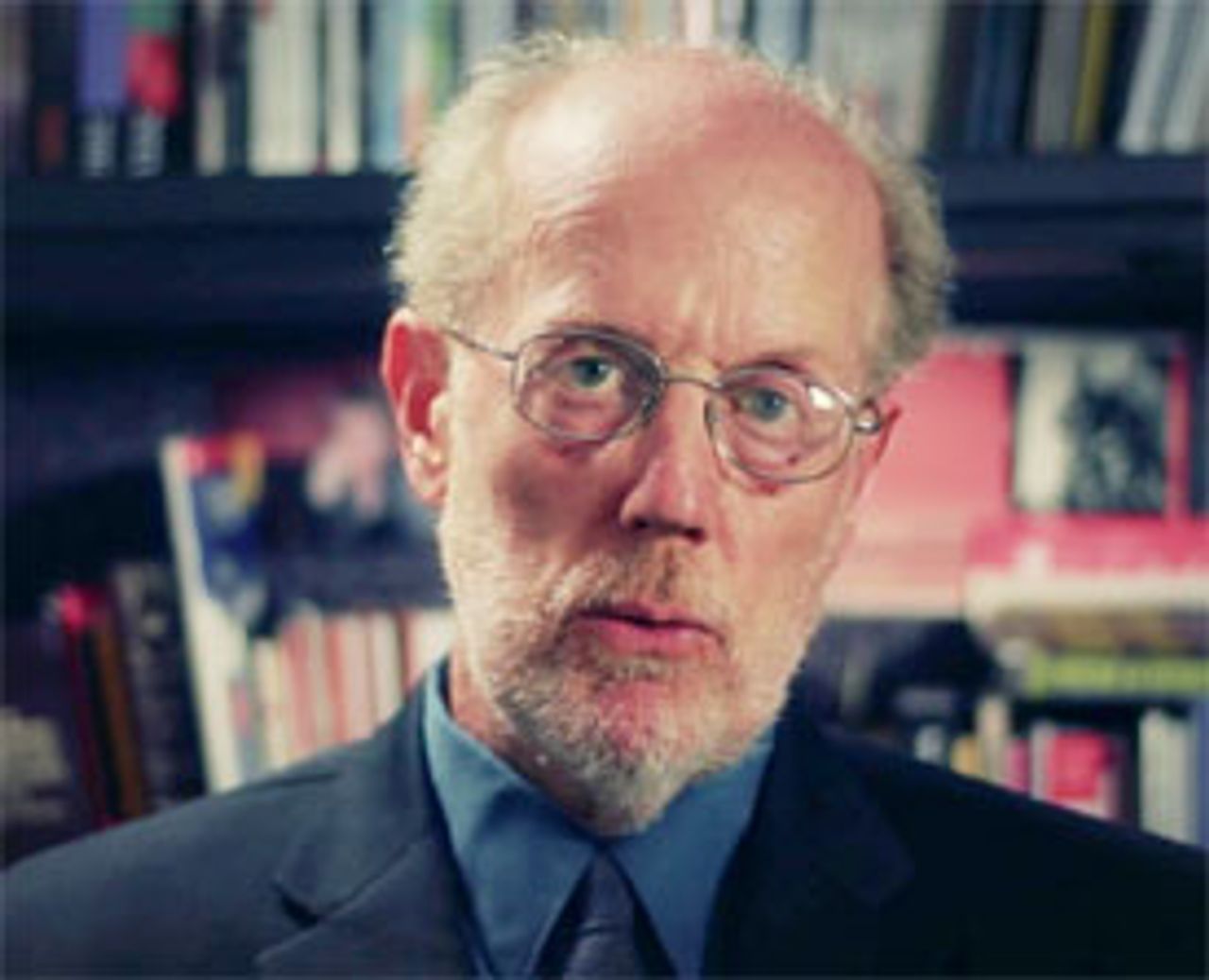 David Walsh
David Walsh“We were very pleased with this essay”, researcher Anna Szech told us. “It was important for us to have a text right at the start that says clearly what the exhibition is really about, and provides the historical context for Tatlin”.
The epigram at the head of Walsh’s essay reads: “A revolution strengthens the impulse of invention”—Vladimir Tatlin.
At the beginning of his piece, Walsh poses these questions: “Was Tatlin’s adherence to the cause of world social revolution a terrible misunderstanding? Were his social views irrelevant or even a hindrance to his artistic efforts? One’s response to these questions will depend in part on one’s attitude to the Russian Revolution itself. Was the latter an aberration, a detour from the ‘normal’ course of events, or was it the seminal episode in modern history, from whose possibilities it remains necessary to proceed almost a century later?
“This much seems clear. The height of Tatlin’s creativity and fecundity were associated with the pre- and post-revolutionary years in Russia and, subsequently, the workers’ state established in 1917. His tragic isolation and virtual retirement coincided, in turn, with the ultimate triumph of social and cultural reaction in the form of the Stalinist counter-revolution”.
Dealing with some of the difficulties of Tatlin’s life and career, including his final isolation, David Walsh writes:
“At the time of his death in 1953, he was mourned by a handful of people—this genius, this man whose every act was artistic and serious and powerfully felt. … Tatlin’s evolution as a thinker about art and life was not simply truncated chronologically (i.e., quantitatively), but qualitatively. What would have been his development if the discussion between the left artists—working under a variety of ideological influences (Nietzsche, Stirner, Schopenhauer, Bogdanov, etc.)—and the classical Marxists such as Trotsky and Aleksandr Voronsky [2], which began in the early 1920s, had proceeded in a healthy intellectual climate?”
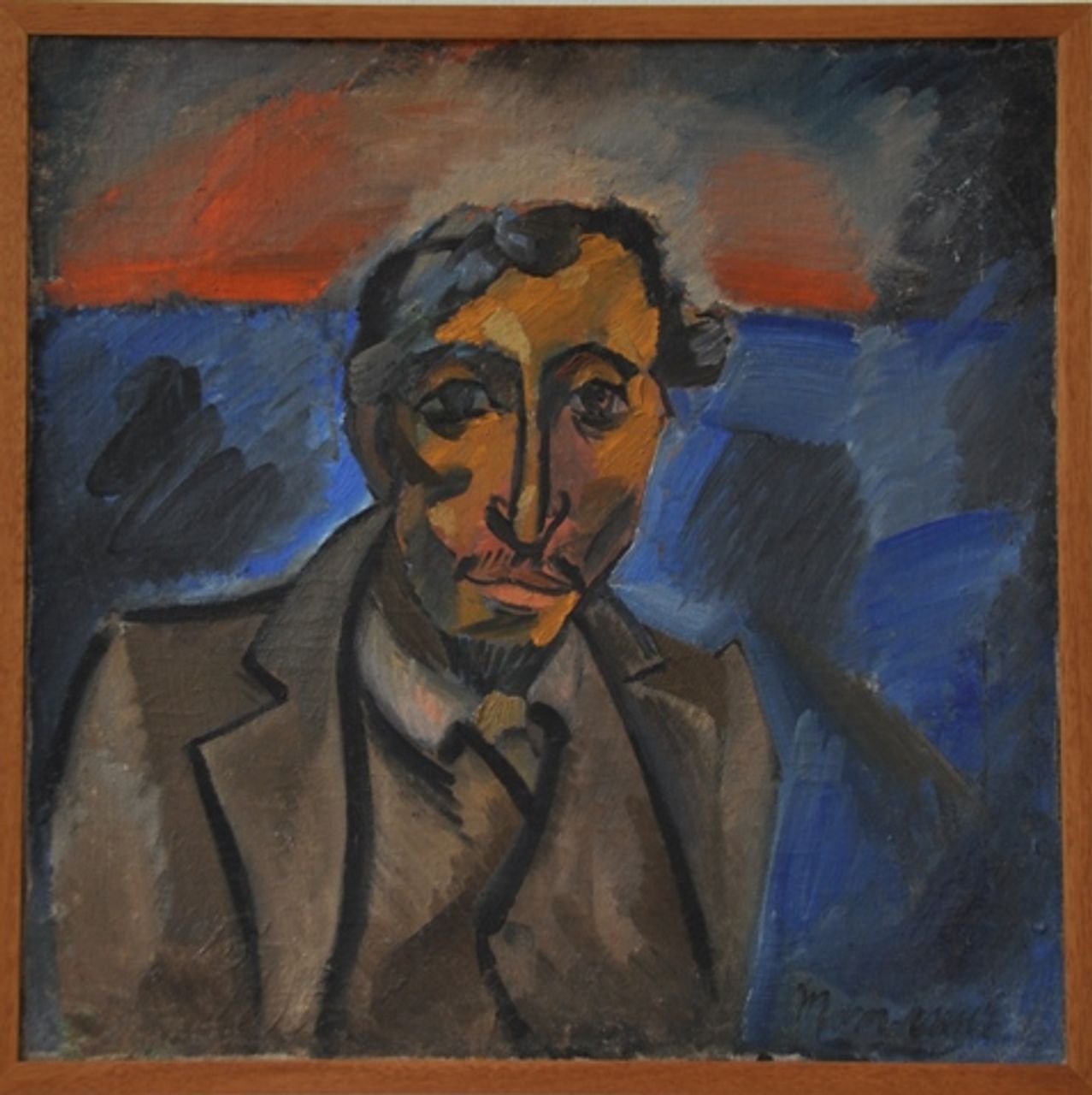 Vladimir Tatlin, Portrait of the Painter Fabbri, 1911, RGALI Russian State Archive of Literature and Art, Moscow
Vladimir Tatlin, Portrait of the Painter Fabbri, 1911, RGALI Russian State Archive of Literature and Art, MoscowWalsh emphasizes that at a certain point of his development, Tatlin “grasped that the social revolution was the central creative act of his time”. He then goes on to illuminate the character of Tatlin’s supposed “failure”:
“Tatlin, along with an entire generation of revolutionary artists and intellectuals, suffered a setback as part of a more general setback. There is no disgrace in that. On the contrary, it is a badge of honor. And, in any case, we have enough of his art to identify its brilliance—in the paintings of sailors and fishmongers and nudes, in the counter-reliefs, in the Monument to the Third International, in the theater designs, in virtually everything he set his hand to.
“Tatlin’s career was not a success, in that sense, because the century was not a ‘success.’ The cause of human liberation was thrown back, bureaucracy and counter-revolution triumphed for decades, and a period of social and cultural reaction set in, which is only breaking up entirely in our day.
“An exhibition devoted to Tatlin’s work seems appropriate for many reasons, including our present conditions of global economic crisis and emerging mass protest. Despite the noisy, self-serving comments of various pundits, the collapse of Stalinism in 1989-91 did not portend ‘the end of history.’ In Tunisia and Egypt, Greece and Spain, as well as the US, ‘history’ returned with a vengeance in 2011. Many of the issues bound up with Tatlin’s life and career retain their significance. A new generation of artists will have to grapple with some of the same challenges”.
Based on Tatlin’s example, Walsh seeks to describe the complex problems that confronted artists after the 1917 social revolution in Russia. He writes:
“The left artists proceeded with extraordinary courage, commitment and sincerity, under extremely harsh, at times almost unbearable, economic conditions in the first years of the revolution. However, those remarkable human qualities hardly solved by themselves the artistic and intellectual problems of the time, problems not simply of individual careers, but of the cultural elevation and renovation of an entire population”.
Walsh refers to comments by Leon Trotsky and Alexander Voronsky on constructivism, futurism and other trends. He highlights their responses to tendencies and moods such as that exemplified by the critic Alexei Gan, who in 1922 pronounced the “death of art”. Walsh writes: “Gan, along with others, asserted that while bourgeois art had been reflective, contemplative, passive, the new art hammered, shaped and built life”. The WSWS arts editor cites Gan, who declared: “We should not reflect, depict and interpret reality, but should build practically and express the planned objectives of the new active working class, the proletariat”. [3]
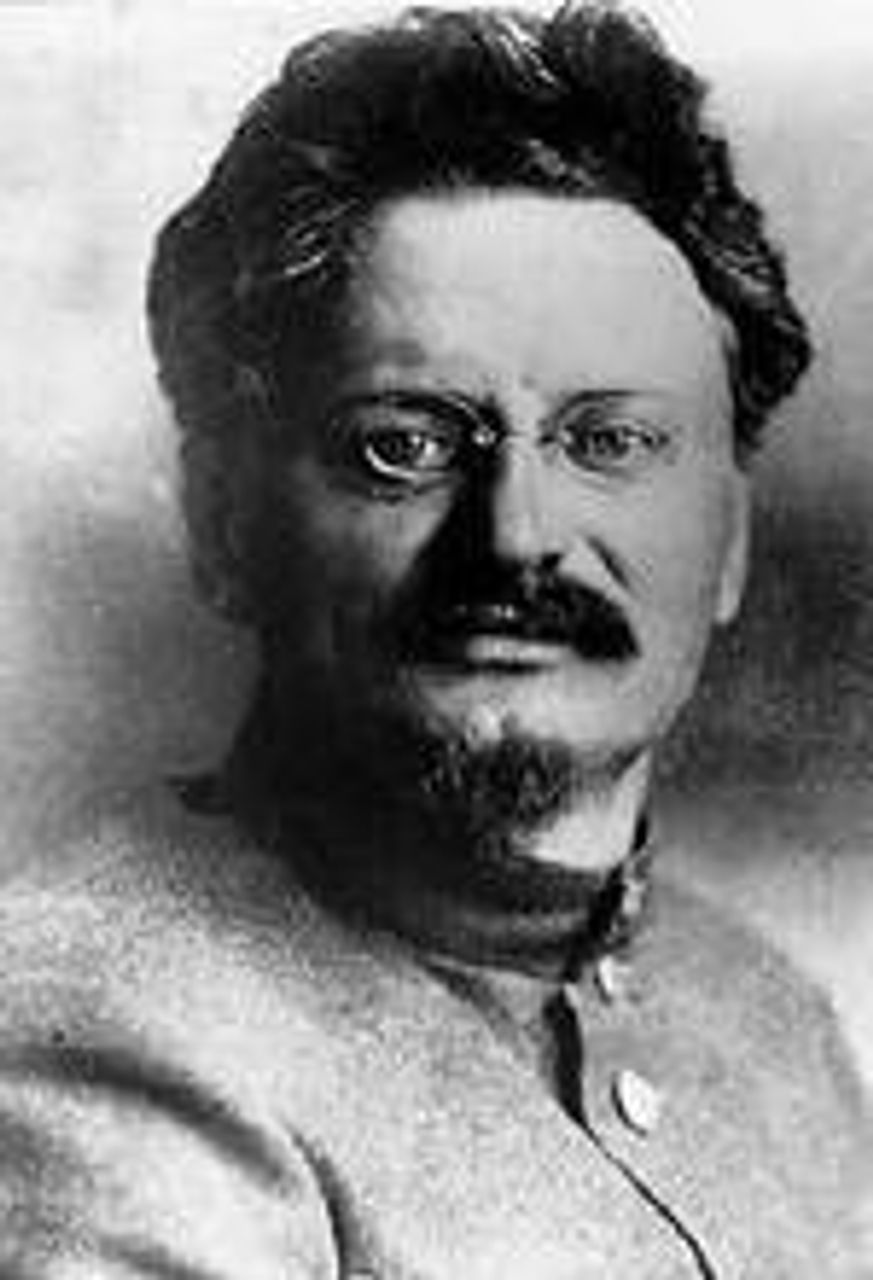 Leon Trotsky
Leon TrotskyWalsh then goes on to describe Trotsky’s response: “In Literature and Revolution, Trotsky patiently but firmly defended art as a means of reflecting and depicting life. He noted that the concern of the ‘Lef’ [Left Front of the Arts] group that art should not embellish life, but form it, and related matters were significant and interesting problems. However, when Gan, ‘Lef’ and others insisted the artists ‘must cease to reflect, to depict, to write poems, to paint pictures, to carve sculptures, to speak before the footlights,’ but rather ‘carry their art directly into life’”, this was a schematic and utopian error.
One had to have “a little historic vision”, Trotsky continued, “to understand that between our present day economic and cultural poverty and the time of the fusion of art with life … more than one generation will have come and gone”. In the meantime, to reject art as “a means of picturing and imaging knowledge” because of one’s dislike for the passive products of the bourgeois art world, “is to strike from the hands of the class which is building a new society its most important weapon”. [Emphasis added]
Trotsky responded to the argument that the new art “is not a mirror, but a hammer: it does not reflect, it shapes”. And here is the central issue that Tatlin and the others needed to contend with: “If one cannot get along without a mirror, even in shaving oneself, how can one reconstruct oneself or one’s life, without seeing oneself in the ‘mirror’ of literature [and art more generally]? Of course no one speaks about an exact mirror. No one even thinks of asking the new literature to have a mirror-like impassivity. The deeper literature is, and the more it is imbued with the desire to shape life, the more significantly and dynamically it will be able to ‘picture’ life”. [4]
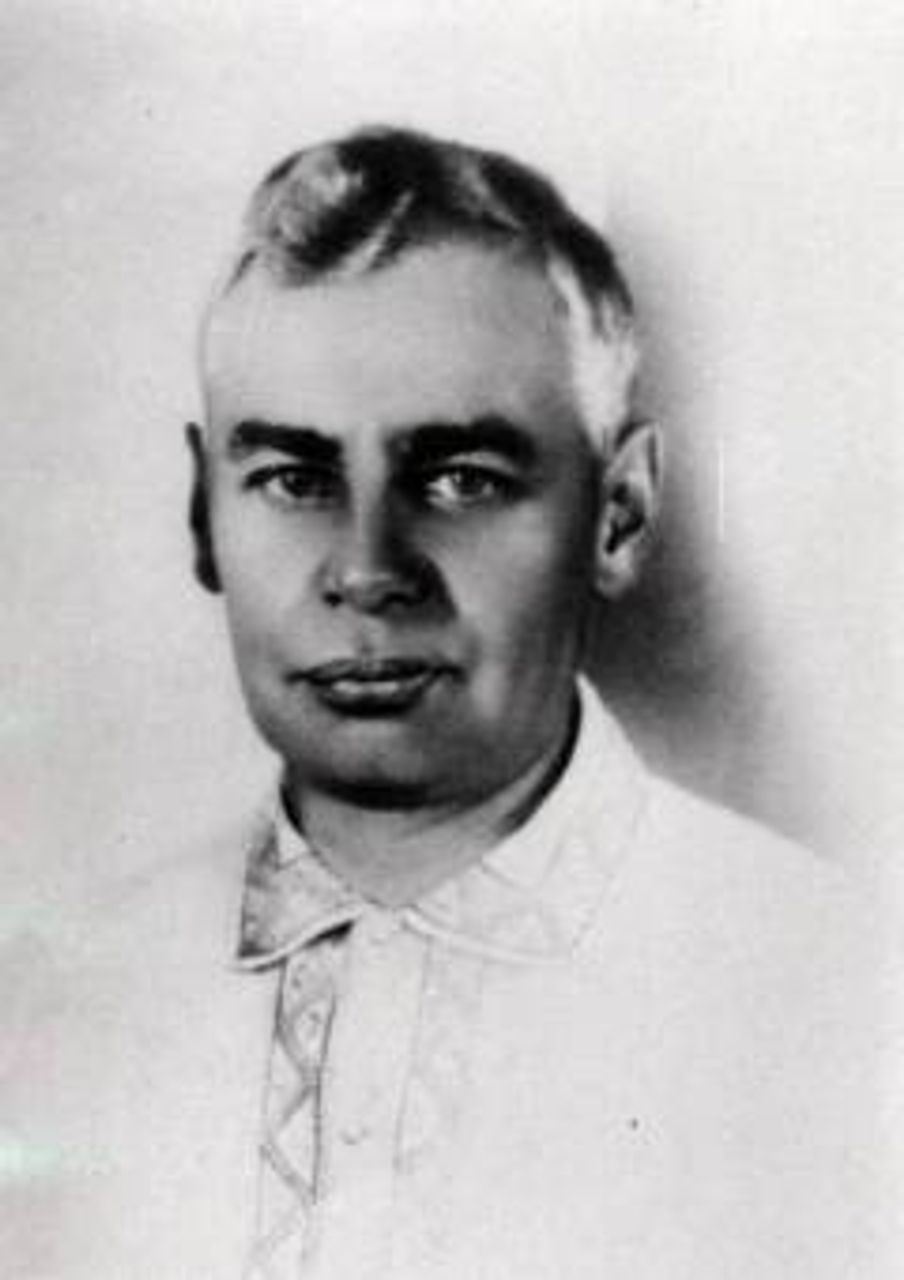 Aleksandr Voronsky
Aleksandr VoronskyAleksandr Voronsky, Walsh continues, also responded powerfully to the advocates of “life-building“ art. In his essay “Art as the Cognition of Life and the Contemporary World”, Voronsky explained: “Cognition is also in a certain sense an act of volition. During the cognitive process the attention and activity of man are directed so that his subjective sensations, moods and thoughts correspond to the nature and properties of the object under investigation”.
The artist or scientist “focuses his attention on one thing, not wishing to notice anything else. Volition enters into the act of cognition as an indispensable element. This act in no way resembles blissful contemplation, or an aimless stare. The overcoming of matter in this sense is the essence of scientific or artistic creation”. Voronsky emphasized that the process of activity proceeds from the process of cognition. “Man first cognizes, then he acts”. He pointed out that no one had yet discovered an art or a science “where the process of cognition has been made auxiliary”. [5]
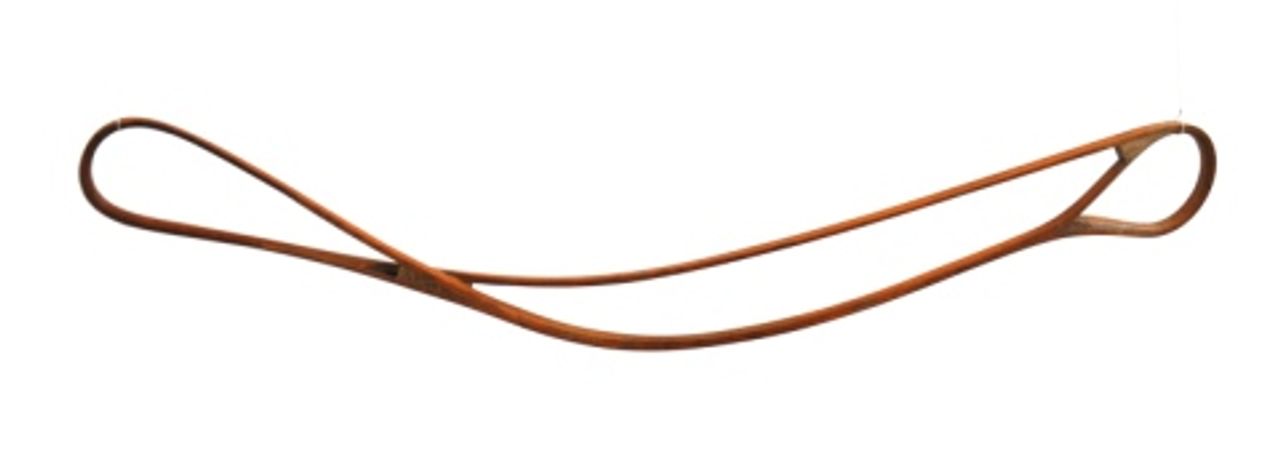 Vladimir Tatlin, Holm for Letatlin, 1929-1932, State Museum of Contemporary Art - Costakis Collection, Thessaloniki
Vladimir Tatlin, Holm for Letatlin, 1929-1932, State Museum of Contemporary Art - Costakis Collection, ThessalonikiVladimir Tatlin, Walsh suggests, “never indulged in the anti-artistic excesses”, but “always stood up for art and artistic intuition”. Tatlin “did not engage in much theorising about art”, writes the WSWS arts editor, adding, “However, certain notions emerge, which were current at the time. He obviously adopted a serious attitude toward the world and toward the materials from which art is made. The much-discussed concept of faktura [handling], which shows ‘the process of working the material, revealing the nature of that material,’ and so on, clearly comes into play here [6], as do later theories about ‘material culture’”.
Norbert Lynton, in Tatlin’s Tower: Monument to Revolution, comments that Tatlin viewed his own work as “realistic in the sense of using real materials, almost every piece recycled from the real world and creating significance through the manner of assembly”.[7]
In response to this concept of “realism”, David Walsh notes, “a few words are necessary”: “‘Realism’ (considered as an approach to the world, not a specific school or genre) encompasses something rather more than simply ‘using real materials’. It involves a definite feeling for and a willingness to engage life in the richest, most honest and most exhaustive manner possible. An over-emphasis on the handling of materials can evade the issue as to what the use of the materials ultimately adds up to, what attitude the final product demonstrates toward the world”.
David Walsh then notes in his essay the constructive criticism made by Trotsky of Tatlin’s tower, the Monument to the Third International, in his Literature and Revolution [8]. Without going into detail here, we can cite Walsh’s essential conclusion about this debate:
“The interventions of Trotsky and Voronsky opened the way for a two-way discussion between genuine Marxism and a group of remarkable artistic figures. Instead, the delay in the world revolution and the terrible backwardness of the country combined to bring forth the national-opportunist bureaucracy that stamped out intellectual and artistic ferment.”
Undoubtedly, Walsh writes, Tatlin must have been aware of the comments by Trotsky and Voronsky. This seems apparent from the development of his work in the mid-1920s, as well as a number of his reports and comments.
In the spring and summer of 1924, soon after the publication of Trotsky’s Problems of Everyday Life, Tatlin gave six lectures on “Material Culture and its Role in the Life and Industry of the Soviet Union”. The concept of “everyday life“ (“byt”) appears in numerous reports and commentaries by Tatlin. “Trotsky had hardly been the only one using the phrase, but his work was certainly at the centre of the discussion”.
But from the mid-1930s, the Stalinist reaction increasingly stifled not only every progressive political tendency, but also any artistic initiative. At the end of his essay Walsh quotes Trotsky in 1936: “The present (Stalinist) ruling stratum considers itself called not only to control spiritual creation politically, but also to proscribe its roads of development. The bureaucracy superstitiously fears whatever does not serve it directly, as well as whatever it does not understand….The most eminent artists either commit suicide, or find their material in the remote past, or become silent”. [9]
Tatlin opted for silence. But, Walsh concludes, this exhibition at the Tinguely Museum in Basel gives us an opportunity to keep alive “the memory of Tatlin’s life and work and the artistic and social principles for which he sacrificed a great deal”.
To be continued
Notes:
[1] Tatlin: New Art for a New World (Hatje Cantz, 2012) “Vladimir Tatlin, the left artists and the October Revolution”, David Walsh 35-43
[2] Alexander K. Voronsky (1884-1937) was a member of the Left Opposition and the editor of the journal Krasnaya nov [Red Virgin Soil]. He fell victim to Stalin’s purges in 1937.
[3] Norbert Lynton, Tatlin’s Tower: Monument to Revolution (New Haven: Yale University Press, 2009) 158
[4] Leon Trotsky, Literature and Revolution, (London: Redwords 1991) 167-168
[5] Voronsky, Art as the Cognition of Life (Oak Park: Mehring Books, 1998) 102-105.
[6] The term “handling“ refers to the process of processing materials in order to make clear the character of the material. The concept played a considerable role for the Russian avant-garde and its “material culture“.
[7] Lynton, Tatlin’s Tower: Monument to Revolution 51
[8] Leon Trotsky, Literature and Revolution, (London: Redwords 1991) 274-276
[9] Leon Trotsky, The Revolution Betrayed (Detroit: Labor Publications, 1991) 154, 156
